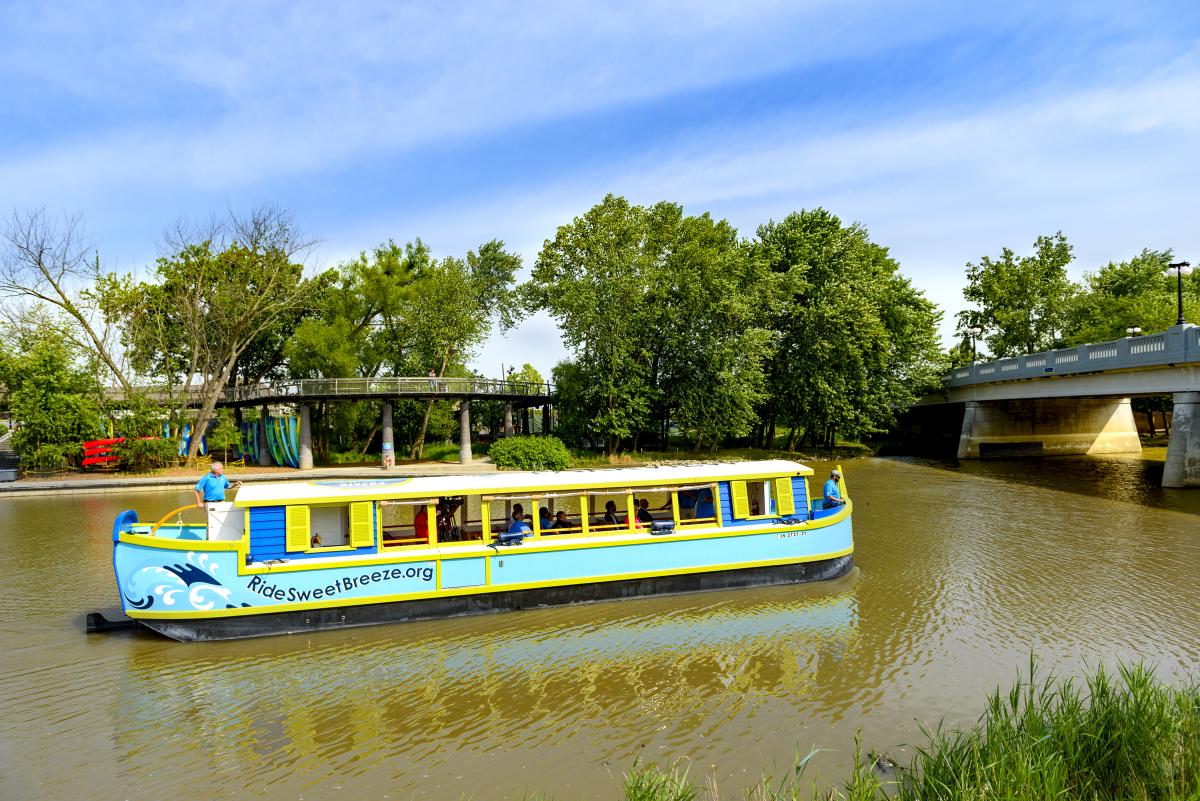Intern Research – Design Solutions for Cleaning our Waterways
Written by: Brian Cruz - Architectural Intern
By Brian Cruz
October 27, 2022Post Tagged in
 |
Water is one of the most important resources that any living thing needs, but its one that most people overlook.Over the last 200 years, the world’s waterways have progressively gotten more and more polluted. Here in Indiana, nearly 25,000 miles of our rivers and streams are too polluted for any recreational activities. There are multiple solutions to clean up the world’s waterways – one solution is combining man-made technology with natural processes in the form of wetland parks.
Image Source: ArchDaily |



